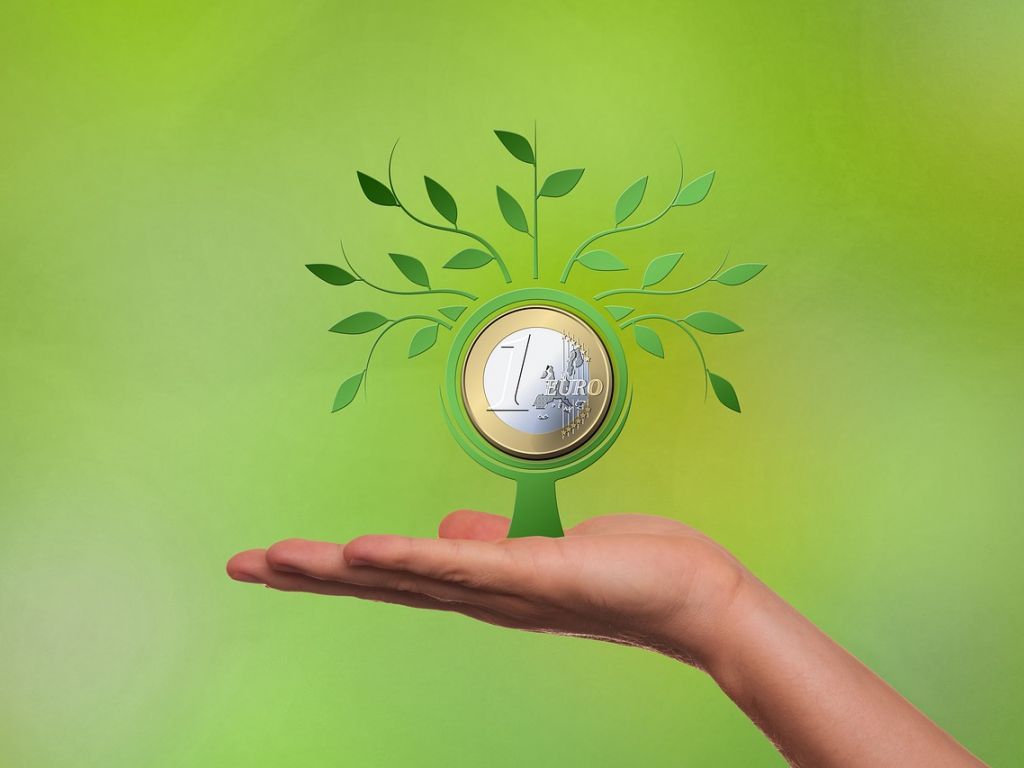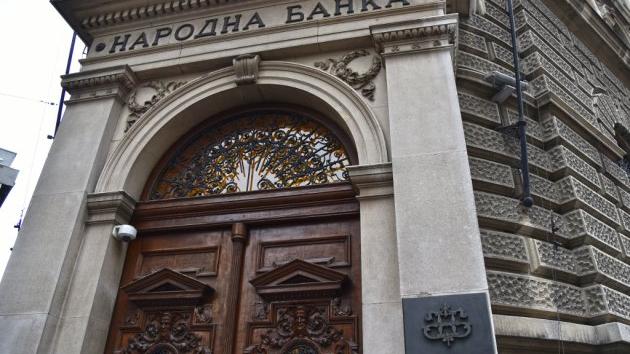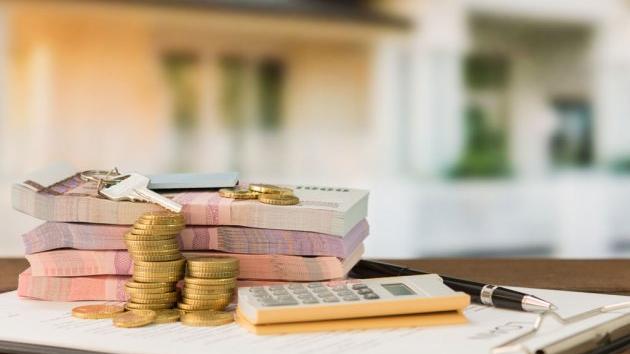Investments from Romania in Serbia Surpass Those from Germany
Illustration (Photo: Pixabay/Geralt)

According to the officially published data for the first nine months of 2023, the inflow of foreign direct investments (FDI) in Serbia amounted to EUR 3.2 billion (net amount EUR 3 billion). Preliminary data for October indicate that this inflow, observed from the beginning of the year concluding with October, has surpassed EUR 3.7 billion, the National Bank of Serbia (NBS) says for Bloomberg Adria.
It remains to be seen whether it will reach last year’s record-breaking EUR 4.4 billion.
As they point out, the NBS conservatively projects FDI inflows and, according to their latest projection for this year, an FDI inflow to Serbia of around EUR 4 billion, that is, around 5% of the GDP, is projected.
– However, this year’s trends so far and our new estimates for the remaining part of the year indicate that the inflow will certainly be higher than projected, that is, that it will exceed EUR 4 billion – the NBS says.
By far the most investments come from the EU, but Asian countries, primarily China, are also increasing their investments in our country. The ratio is about two to one, because the inflow from European countries amounts to 65.8%, and from Asian ones 32.3%.
Observed by countries, in the first two quarters of 2023, the biggest FDI inflows to Serbia were recorded from China (EUR 592.6 million), Netherlands (EUR 414.7 million), Romania (EUR 124.5 million), Great Britain (EUR 122.5 million), Germany (EUR 117.1 million) and Austria (EUR 113.6 million).
Still, it has to be kept in mind that considerable investments from the Netherlands might be down to the fact that certain foreign investors, due to tax facilities, realize their investments from branch offices in the Netherlands, even if the seat of the parent company might be in another country.
Romanians surpass Germans
It is interesting that, observed by investments, this year, Romania is ahead of Germany, which is considered the biggest investor in Serbia. In the past ten years, German companies have invested more than EUR 4 billion and employed around 80,000 people, but it is obvious that they have invested less this year due to the recession.
Dubravka Djedovic Handanovic, the minister of energy of Serbia, recently said at the presentation of the White Book for 2023 that it was an opportunity for Serbia that European investors were coming back, having moved away from Asian markets due to the broken supply chains and logistics problems, but also investors from Asia that are interested in the Western Balkans region.
As it is well known, in the past years, China has been increasing investments in Serbia, because, due to the fact that Serbia is not a member of the EU, and it has free trade agreements with the EU and Russia, there is the possibility for exporting from here to the EU market, which is China’s end-goal.
A large part of the FDI in Serbia is directed at exchangeable sectors, and the majority of the investments is focused on export-oriented companies, primarily in the manufacturing industry. Although Serbia expects a lower FDI inflow in the coming years, it continues to subsidize attracting foreign investments with RSD 26.3 billion in 2024, which is a billion and a half more than this year.
Tags:
NBS
Dubravka Đedović Handanović
foreign investments in Serbia
inflow of foreign direct investments
FDI
Comments
Your comment
Naš izbor
Most Important News
Full information is available only to commercial users-subscribers and it is necessary to log in.
Follow the news, tenders, grants, legal regulations and reports on our portal.
Registracija na eKapiji vam omogućava pristup potpunim informacijama i dnevnom biltenu
Naš dnevni ekonomski bilten će stizati na vašu mejl adresu krajem svakog radnog dana. Bilteni su personalizovani prema interesovanjima svakog korisnika zasebno,
uz konsultacije sa našim ekspertima.


 Izdanje Srbija
Izdanje Srbija Serbische Ausgabe
Serbische Ausgabe Izdanje BiH
Izdanje BiH Izdanje Crna Gora
Izdanje Crna Gora


 News
News











